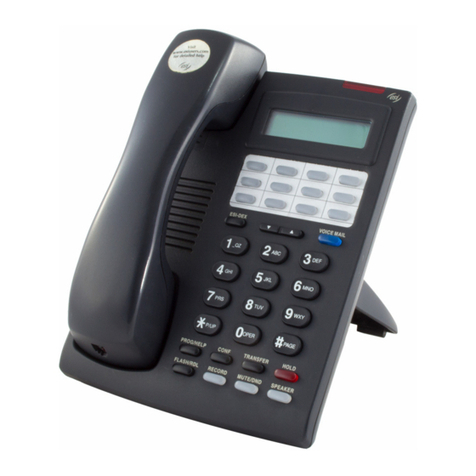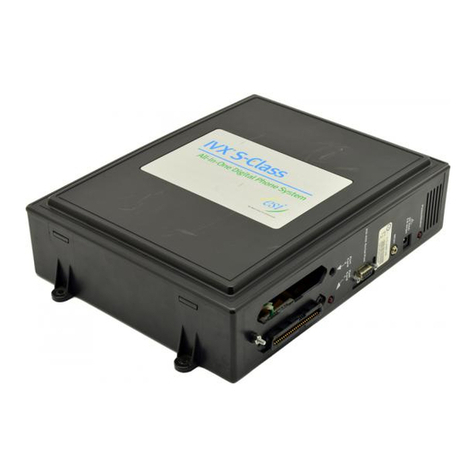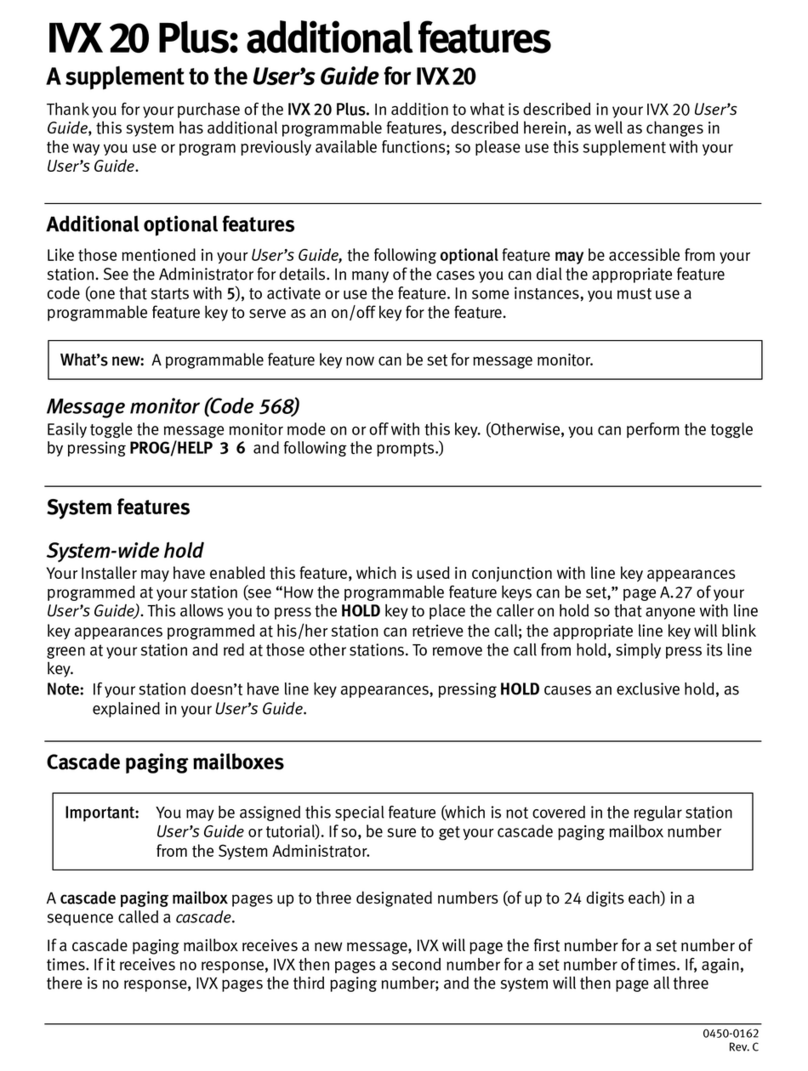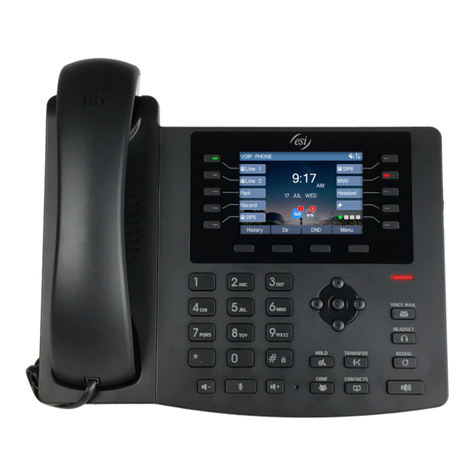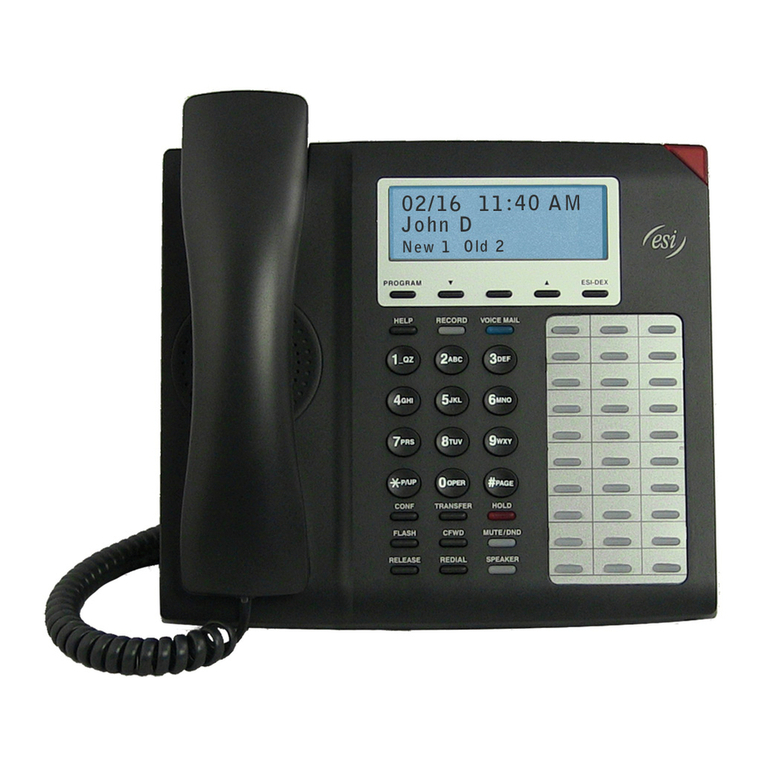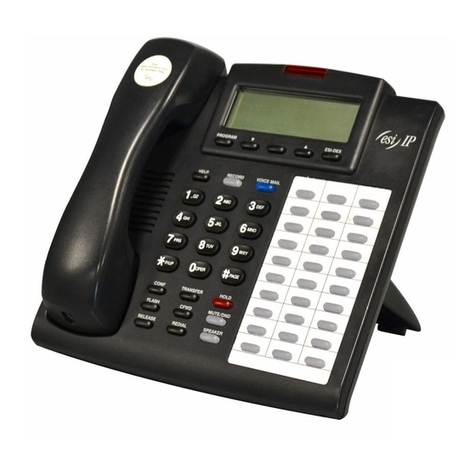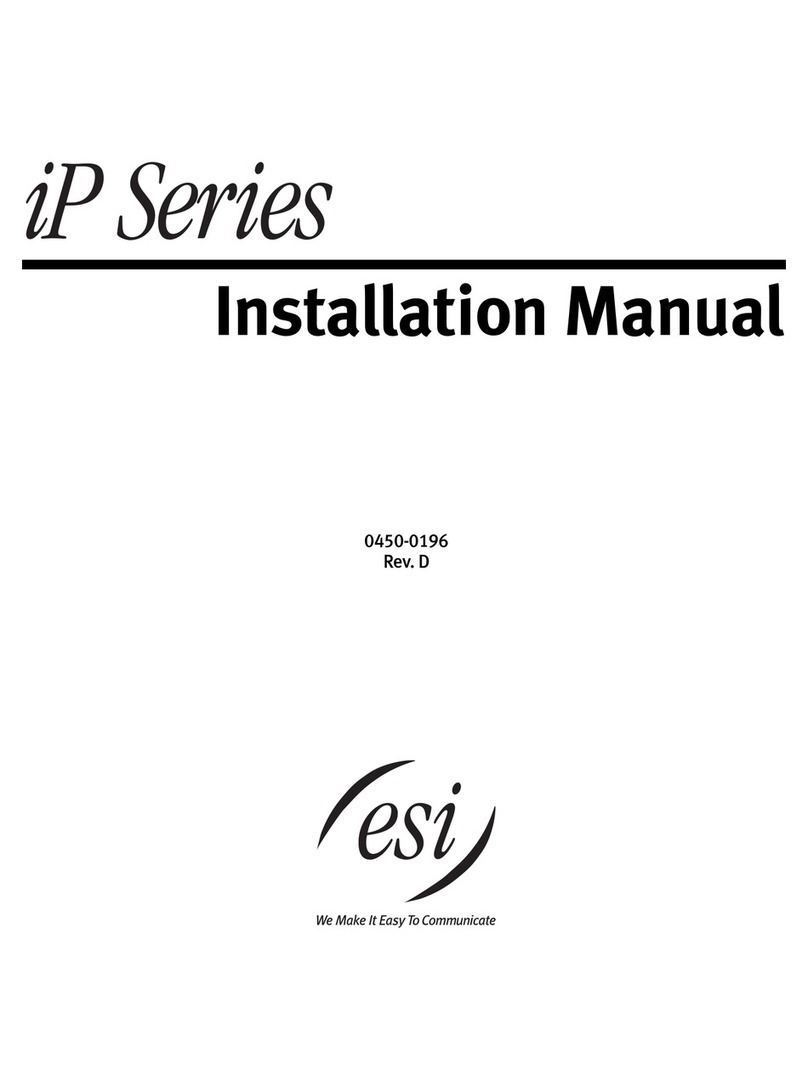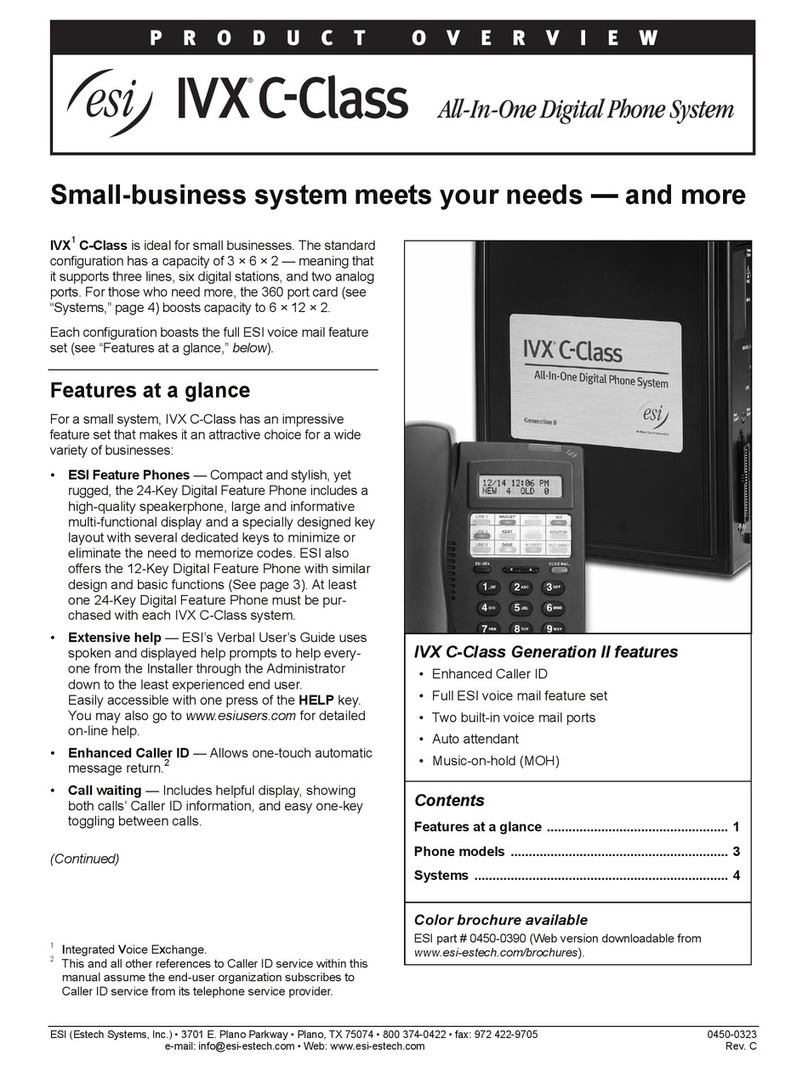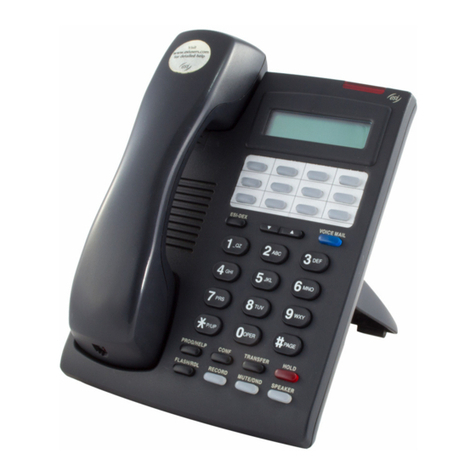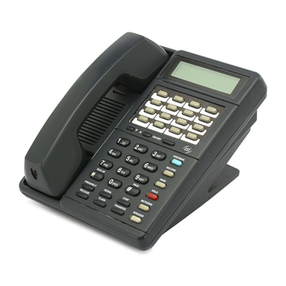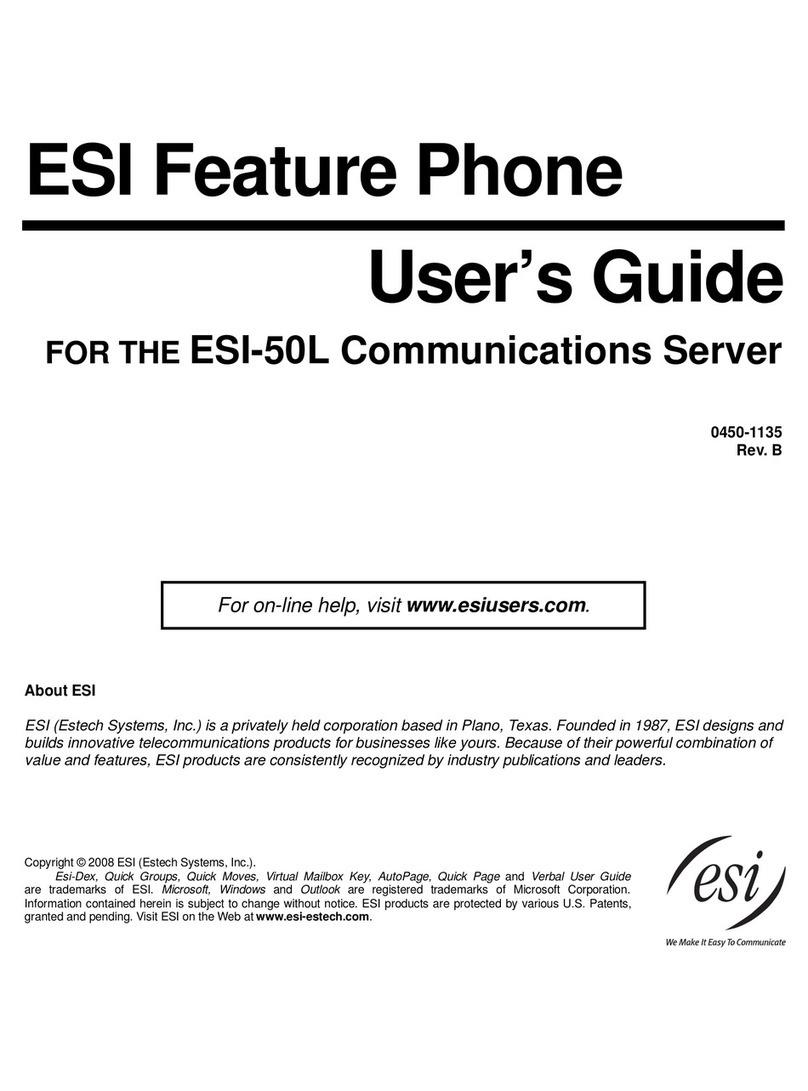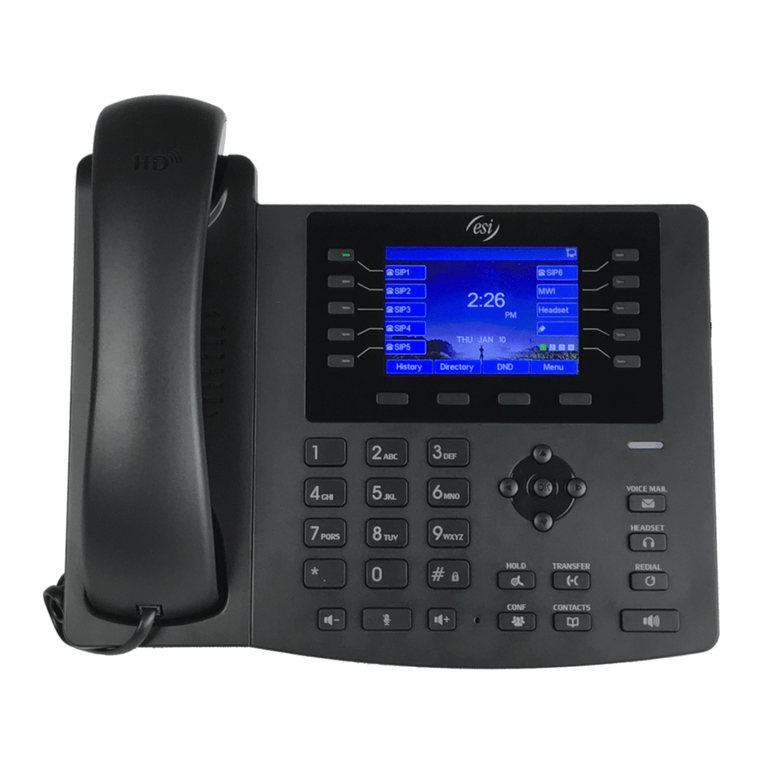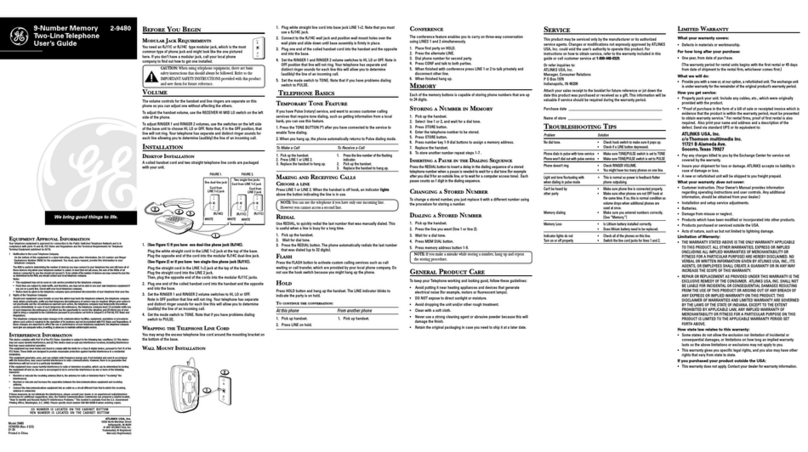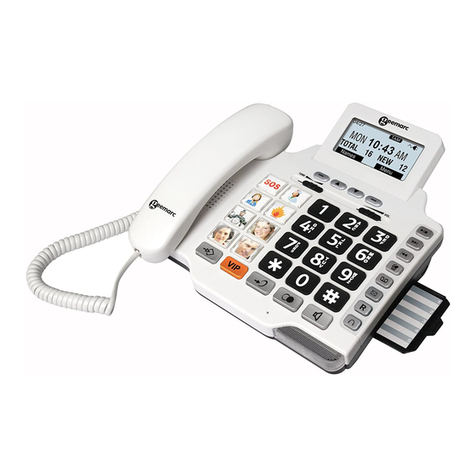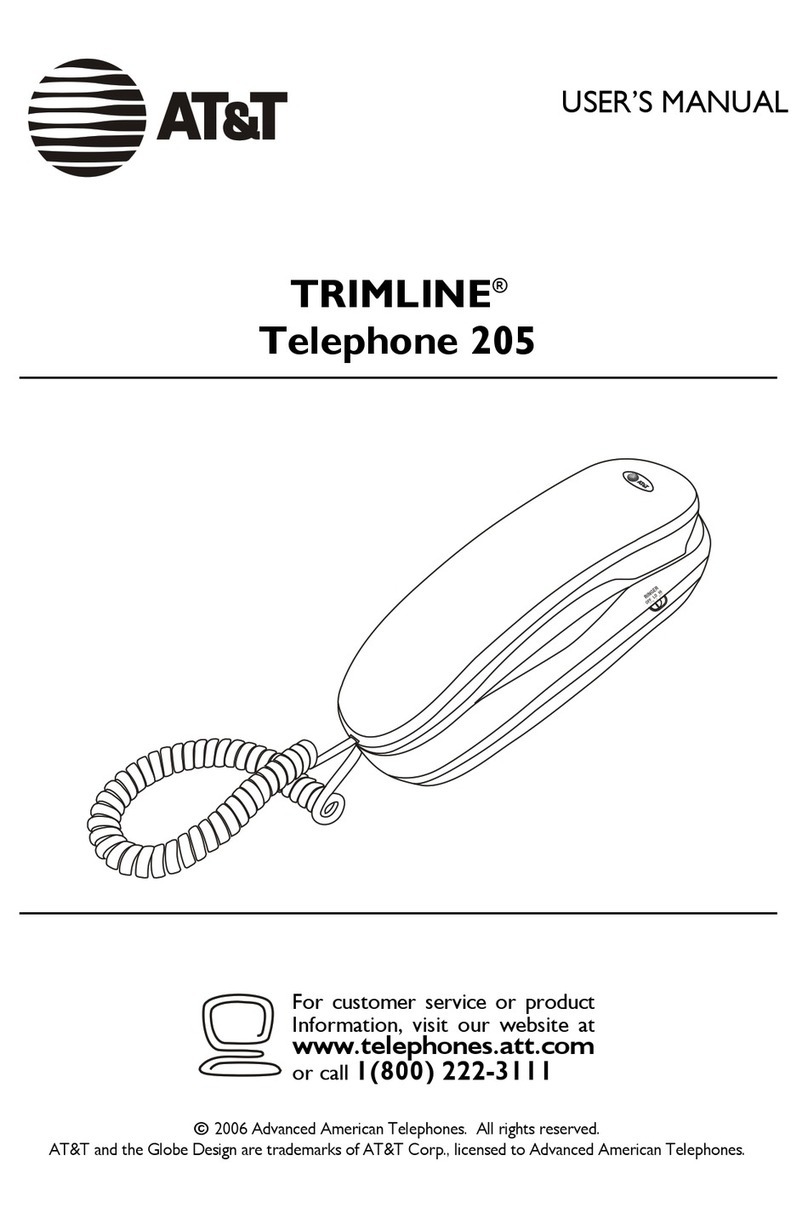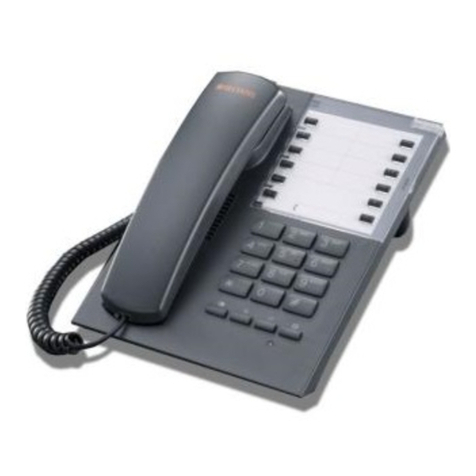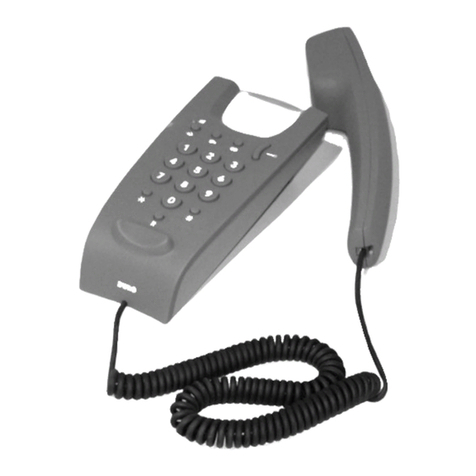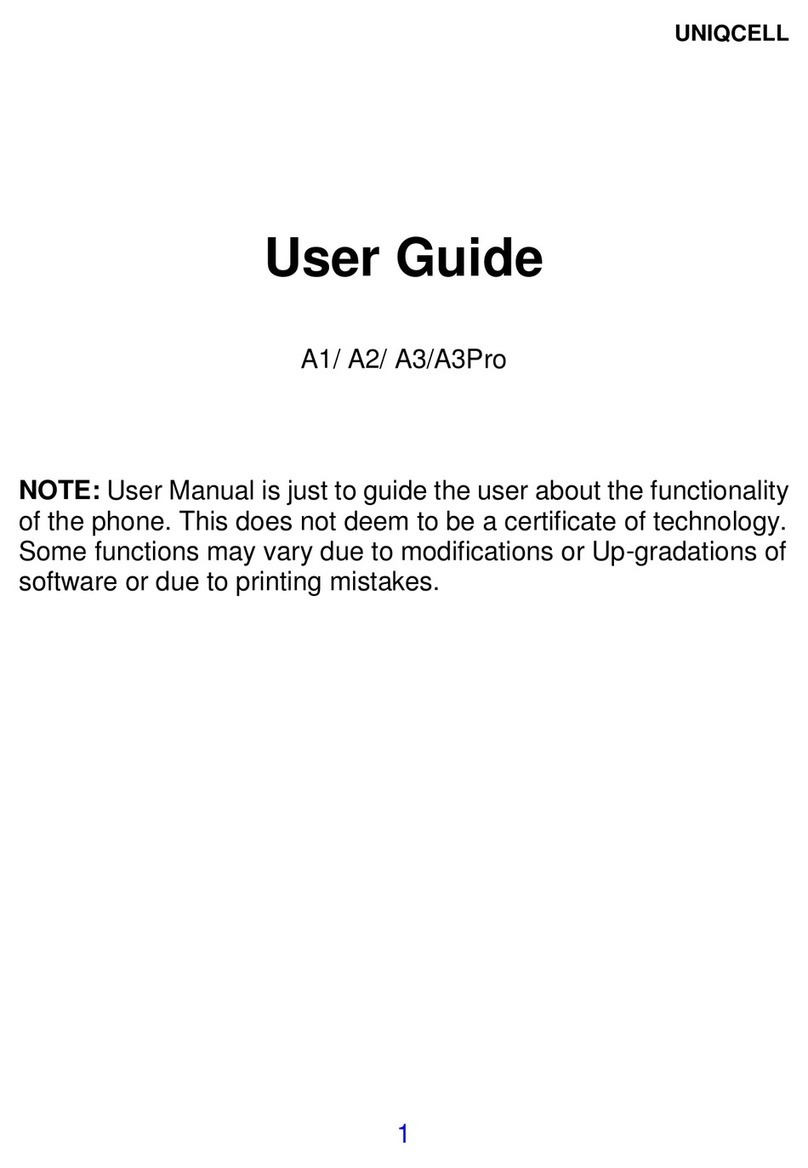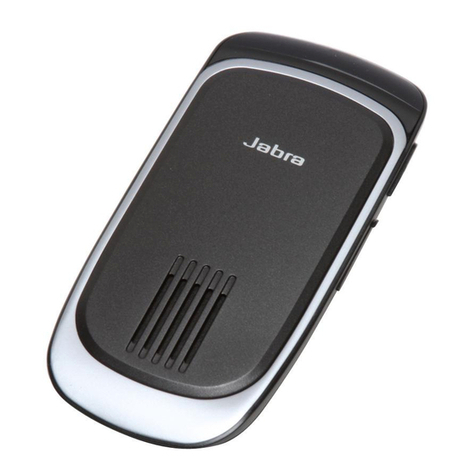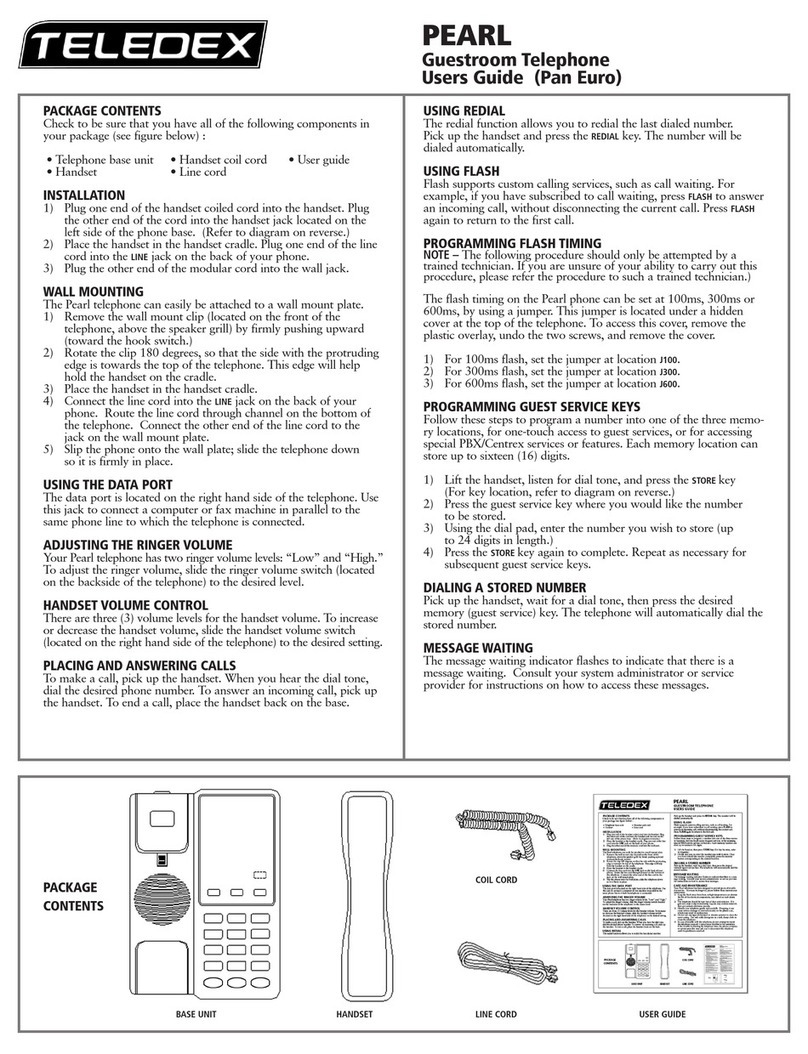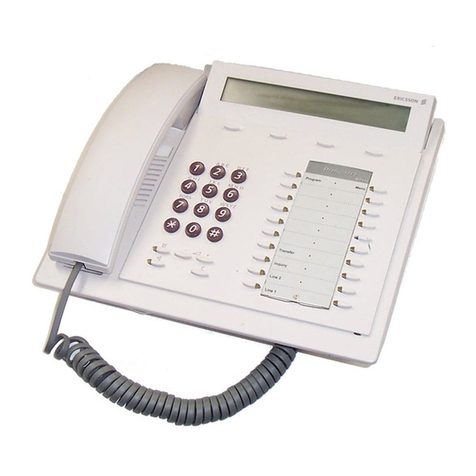
Contents
Introduction...............................................................................................................................................................A.1
48-Key Feature Phone ................................................................................................................................................................................A.2
24-Key Feature Phone ................................................................................................................................................................................A.4
12-Key Feature Phone ................................................................................................................................................................................A.5
ESI Cordless Handsets...............................................................................................................................................................................A.6
Connecting your ESI phone........................................................................................................................................................................A.7
Help mode (Verbal User Guide)..............................................................................................................................B.1
User programming: An introduction......................................................................................................................C.1
User programming menu ............................................................................................................................................................................C.1
Voice mail operation................................................................................................................................................D.1
VOICE MAIL key..........................................................................................................................................................................................D.1
Personal greetings.......................................................................................................................................................................................D.1
Leaving messages . . ..................................................................................................................................................................................D.2
AutoPage......................................................................................................................................................................................................D.3
Moving and deleting a message.................................................................................................................................................................D.3
Off-premises “reach me”..............................................................................................................................................................................D.3
Message retrieval.........................................................................................................................................................................................D.4
Live recording...............................................................................................................................................................................................D.7
Off-premises message delivery..................................................................................................................................................................D.8
Message Recycle Bin (un-delete)...............................................................................................................................................................D.9
Status indicator lamp....................................................................................................................................................................................D.9
Optional voice mail feature: Guest mailboxes ........................................................................................................................................ D.10
Optional voice mail feature: Group/broadcast mailboxes...................................................................................................................... D.12
Optional voice mail feature: Cascade notification mailboxes ................................................................................................................ D.13
Optional voice mail feature: Q & A mailboxes ........................................................................................................................................ D.15
ESI Feature Phone operation..................................................................................................................................E.1
Display...........................................................................................................................................................................................................E.1
Caller ID ........................................................................................................................................................................................................E.1
Keys...............................................................................................................................................................................................................E.2
Dial tone........................................................................................................................................................................................................E.4
Basic phone use...........................................................................................................................................................................................E.4
Direct station selection.................................................................................................................................................................................E.5
Transferring an outside call . . ....................................................................................................................................................................E.5
Transferring an internal call . . ....................................................................................................................................................................E.7
Conference calling .......................................................................................................................................................................................E.8
Call forwarding..............................................................................................................................................................................................E.9
Call waiting..................................................................................................................................................................................................E.12
Hold/exclusive hold operation ...................................................................................................................................................................E.13
Paging.........................................................................................................................................................................................................E.15
Call pickup...................................................................................................................................................................................................E.15
Optional features........................................................................................................................................................................................E.16
Special keys..............................................................................................................................................................F.1
Esi-Dex..........................................................................................................................................................................................................F.2
Override ring.................................................................................................................................................................................................F.9
Message monitor mode (live call screening) ...........................................................................................................................................F.10
Personal greeting reminder.......................................................................................................................................................................F.10
Headset operation......................................................................................................................................................................................F.10
Outside dial tone preference.....................................................................................................................................................................F.11
Line keys.....................................................................................................................................................................................................F.11
Optional features........................................................................................................................................................................................F.12
Remote IP Feature Phone....................................................................................................................................... G.1
1. Channel availability display ....................................................................................................................................................................G.1
2. Channel queue display...........................................................................................................................................................................G.1
3. Paging limitation......................................................................................................................................................................................G.1
4. No 911/emergency calls.........................................................................................................................................................................G.1
Troubleshooting...........................................................................................................................................................................................G.2
Using Esi-Link...........................................................................................................................................................H.1
Overview.......................................................................................................................................................................................................H.1
Location Keys...............................................................................................................................................................................................H.1
Programmable feature keys and Esi-Link: an introduction.......................................................................................................................H.2
Dialing an Esi-Link location..........................................................................................................................................................................H.3
Using feature keys with Esi-Link.................................................................................................................................................................H.4
Other Esi-Link features................................................................................................................................................................................H.7
